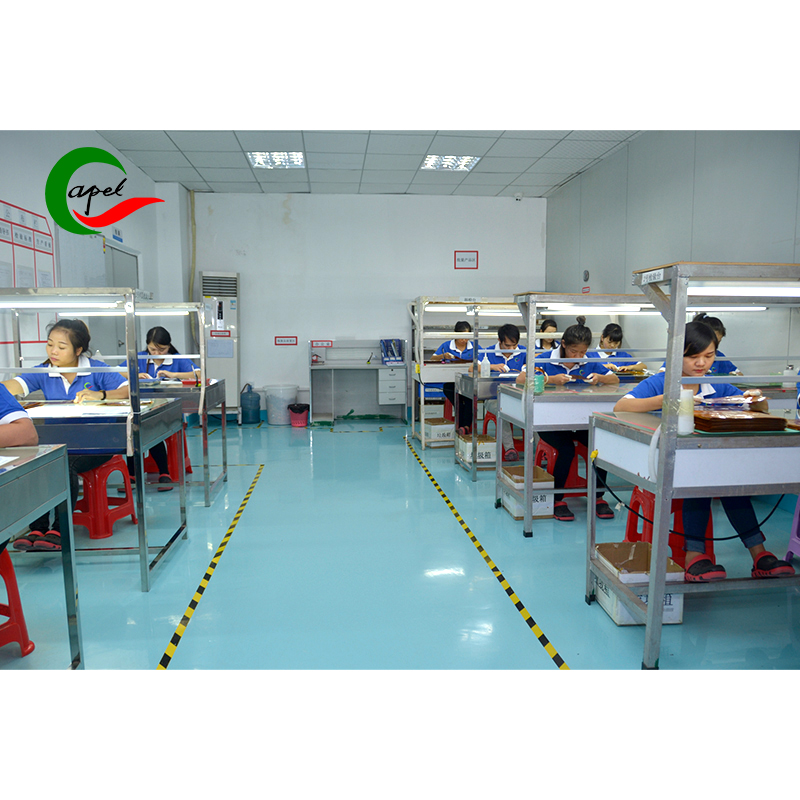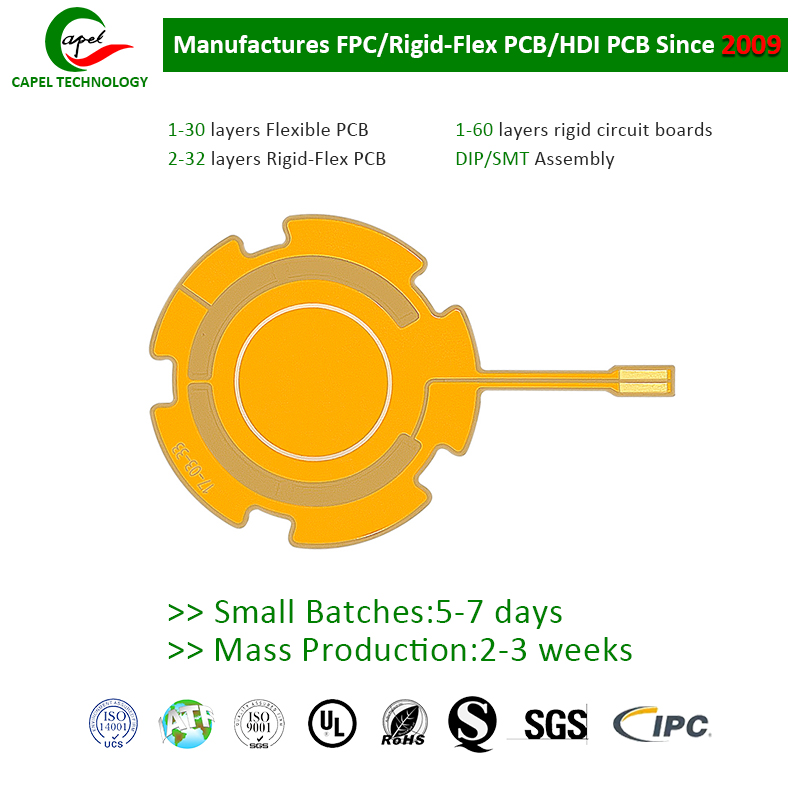In the world of electronics, the demand for high-performance printed circuit boards (PCBs) has led to the evolution of Rigid-Flex PCB designs. These innovative boards combine the best features of rigid and flexible PCBs, offering unique advantages in terms of space-saving, weight reduction, and enhanced reliability. However, one critical aspect that often gets overlooked in the design process is the selection of the right soldermask. This article will explore how to choose the appropriate soldermask for a Rigid-Flex PCB design, considering factors such as material features, compatibility with the PCB manufacturing process, and the specific capabilities of Rigid-Flex PCBs.
Knowing Rigid-Flex PCB Design
Rigid-Flex PCBs are a hybrid of rigid and flexible circuit technologies, allowing for complex designs that can bend and flex without compromising performance. The layer stackup in Rigid-Flex PCBs typically consists of multiple layers of rigid and flexible materials, which can be tailored to meet specific application requirements. This versatility makes Rigid-Flex PCBs ideal for applications in aerospace, medical devices, and consumer electronics, where space and weight are critical factors.
The Role of Soldermask in Rigid-Flex PCB Design
Soldermask is a protective layer applied to the surface of a PCB to prevent solder bridging, protect against environmental damage, and enhance the overall durability of the board. In Rigid-Flex PCB designs, the soldermask must accommodate the unique characteristics of both rigid and flexible sections. This is where the choice of soldermask material becomes crucial.
Material Features to Consider
When selecting a soldermask for a Rigid-Flex PCB, it is essential to choose materials that can withstand mechanical deflection and environmental stress. The following features should be considered:
Deflection Resistance: The soldermask must be able to endure the bending and flexing that occurs in flexible sections of the PCB. Screen printing flexible liquid photosensitive development soldermask ink is an excellent choice, as it is designed to maintain its integrity under mechanical stress.

Welding Resistance: The soldermask should provide a robust barrier against solder during the assembly process. This ensures that the solder does not seep into areas where it could cause short circuits or other issues.
Moisture Resistance: Given that Rigid-Flex PCBs are often used in environments where exposure to moisture is a concern, the soldermask must offer excellent moisture resistance to prevent corrosion and degradation of the underlying circuitry.
Pollution Resistance: The soldermask should also protect against contaminants that could affect the performance of the PCB. This is particularly important in applications where the PCB may be exposed to dust, chemicals, or other pollutants.
Compatibility with PCB Manufacturing Process
Another critical factor in choosing the right soldermask is its compatibility with the PCB manufacturing process. Rigid-Flex PCBs undergo various manufacturing steps, including lamination, etching, and soldering. The soldermask must be able to withstand these processes without degrading or losing its protective properties.
Lamination: The soldermask should be compatible with the lamination process used to bond the rigid and flexible layers. It should not delaminate or peel away during this critical step.
Etching: The soldermask must be able to withstand the etching process used to create the circuit patterns. It should provide adequate protection to the underlying copper traces while allowing for precise etching.
Soldering: The soldermask should be able to endure the high temperatures associated with soldering without melting or deforming. This is particularly important for flexible sections, which may be more susceptible to heat damage.
Rigid-Flex PCB Capability
The capabilities of Rigid-Flex PCBs extend beyond just their physical structure. They can support complex designs with multiple layers, allowing for intricate routing and component placement. When selecting a soldermask, it is essential to consider how it will interact with these capabilities. The soldermask should not hinder the performance of the PCB but rather enhance its functionality.

Post time: Nov-08-2024
Back






